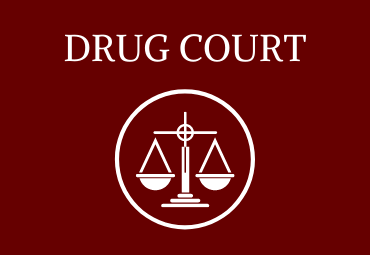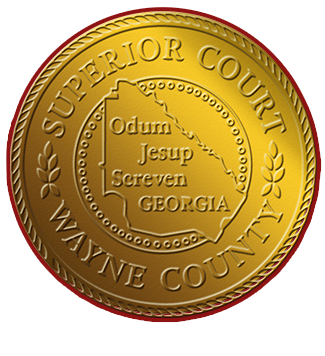
DRUG COURT
HISTORY OF THE NATIONAL DRUG COURT
The history of Drug Courts can best be summarized from a June 29, 2000 news release by Attorney General Janet Reno:
Justice Department Grants to Help 99 Communities
Assist Non-Violent Offenders with Drug Problems
WASHINGTON, DC – The Justice Department today announced that it will provide more than $25 million to 99 communities to help them monitor non-violent, substance abusing offenders, through drug courts that oversee their rehabilitation and use sanctions to keep them on the right track. The grants to plan, implement or enhance drug courts will be made by the Justice Department’s Office of Justice Programs (OJP).
“Over the past 10 years, we have seen drug courts go from a concept to a full-fledged, successful initiative with more than 500 courts operating across the nation,” said Attorney General Janet Reno. “These courts are helping offenders become drug-free, responsible members of their communities.”
Participants in the initiative are less likely to commit crimes after graduating from a drug court. In Escambia County, Florida, 36 months after admission to the drug court program, only 48 percent of the program graduates were re-arrested as compared to 86 percent of non-graduates and 63 percent of offenders who were sentenced to probation. In Jefferson City, Kentucky, only 13 percent of the program graduates were re-arrested for a felony one year after graduation, while 55 percent of eligible offenders who declined to participate in the program were re-arrested for a felony during that same time period.
Thirty-eight of today’s grants – totaling more than $5 million will help Native American tribes. The U.S. Department of Health and Human Services’ Substance Abuse and Mental Health Services Administration’s 1997 National Household Survey on Drug Abuse reported that compared to the total U.S. population, Native Americans have higher rates of drug use and alcohol dependence and a higher need for drug abuse treatment.
“We are pleased to be able to help tribal governments use these effective courts to manage and assist offenders who have substance abuse problems,” said OJP Acting Assistant Attorney General Mary Lou Leary.
Since the drug court program was authorized in the President’s 1994 Crime Act, OJP has made approximately 650 grants totaling more than $125. More than 500 drug courts are operating in the United States and more than 280 are being planned. All 50 states have drug courts in operation or in the planning stages. Twenty-two states have enacted legislation that authorizes or funds drug courts and 12 additional states are considering such legislation.
More than 3,500 participants who lost custody of their children have regained custody after participating in the drug court program. More than 4,500 participants have become current in child support payments after graduating from a drug court.








